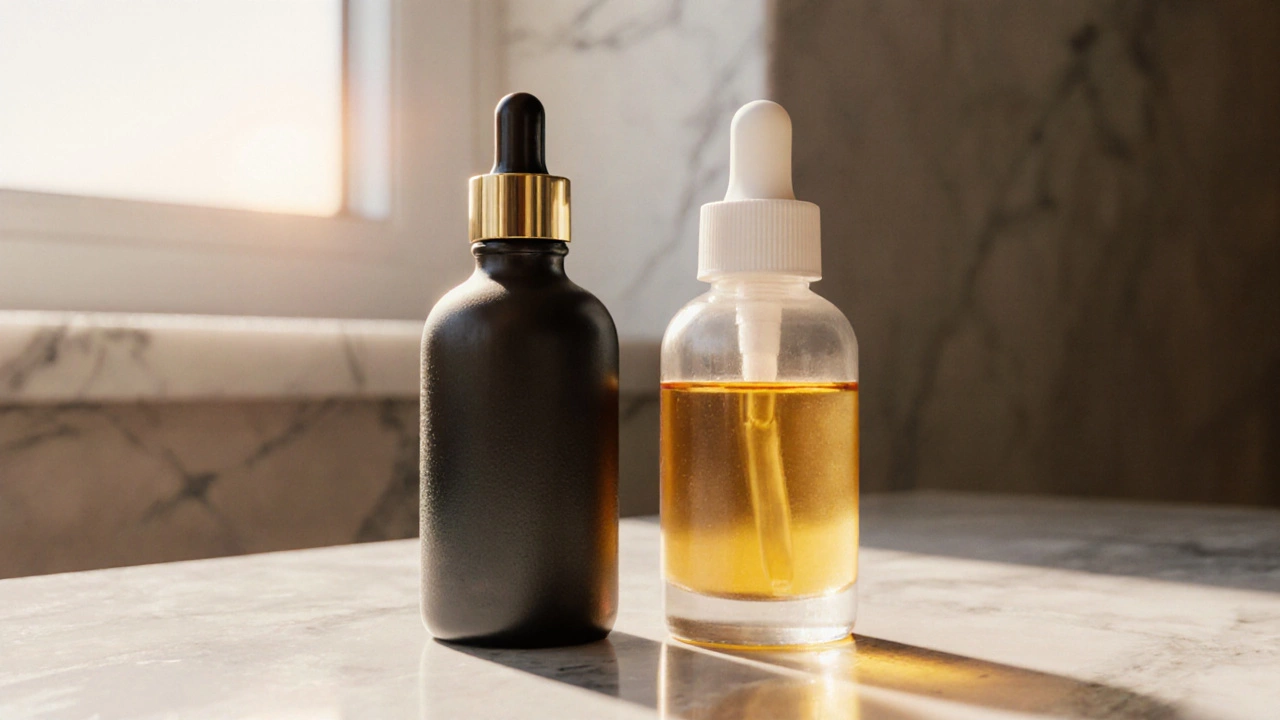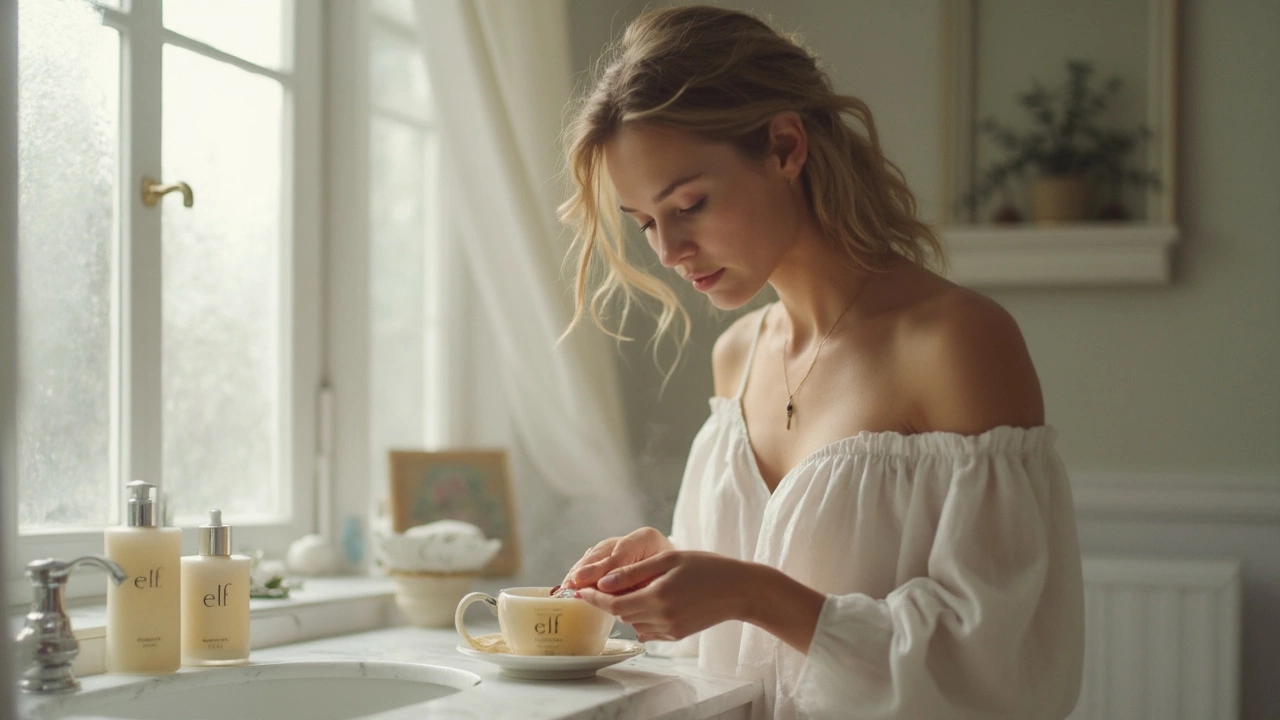Skincare Ingredients: Your Practical Guide to What Works
If you’ve ever stared at a bottle and wondered what the list of words actually means, you’re not alone. Skincare ingredients can feel like a secret code, but you don’t need a chemistry degree to figure them out. In this guide we’ll break down the basics, point out the good stuff you want to keep, and flag the ones that usually do more harm than good.
How to Spot Good Ingredients
First, look for ingredients that solve a specific problem. Want brighter skin? Vitamin C and niacinamide are solid choices. Need extra moisture? Hyaluronic acid, glycerin, and ceramides pull water into the skin and lock it in. Antioxidants like green tea extract or ferulic acid help protect against daily stressors such as pollution and UV light.
Next, think about the ingredient’s role. Humectants (such as glycerin and hyaluronic acid) attract water, but they need a barrier to keep it from evaporating. That’s where occlusives like petrolatum, shea butter, or dimethicone come in – they seal the skin and prevent water loss. If a product combines both, you’re getting a balanced formula that hydrates and protects.
Exfoliants are another group to watch. Alpha hydroxy acids (AHAs) like glycolic and lactic acid dissolve dead skin cells on the surface, while beta hydroxy acids (BHAs) such as salicylic acid dive deeper into pores. Use them a few times a week, not every day, and always follow with sunscreen.
Finally, pay attention to the concentration. A skin‑brightening ingredient listed near the top of the list (the first 5‑10 items) is usually present in an effective amount. If it’s near the bottom, the amount is probably too low to make a difference.
Common Ingredients to Avoid
Not every ingredient is a villain, but some show up in a lot of products and tend to cause irritation or long‑term damage. Harsh alcohols such as denatured alcohol, ethanol, and isopropyl alcohol can strip the skin’s natural oils, leaving it dry and more sensitive. If you have dry or reactive skin, steer clear of these.
Fragrance is another big red flag. It’s used to mask smells, not to provide skin benefits, and it’s a common cause of allergic reactions. Look for “fragrance‑free” or “unscented” if you’re prone to breakouts or redness.
Some preservatives and surfactants have gotten a bad rap. Parabens (methylparaben, propylparaben) and formaldehyde‑releasing agents can be irritating for some people. While the research on carcinogenic risk is mixed, many choose to avoid them for peace of mind. Safer alternatives include phenoxyethanol and ethylhexylglycerin.
Sulfates such as sodium lauryl sulfate (SLS) and sodium laureth sulfate (SLES) create a lot of foam, but they also disrupt the skin’s lipid barrier. If you don’t need a super‑foamy cleanser, pick a sulfate‑free option.
When you see a long list of “and” ingredients that you can’t pronounce, it’s a good idea to pause and research them before you buy. A quick Google search will usually tell you if an ingredient is a known irritant.
By focusing on proven actives and cutting out the usual suspects, you can build a routine that actually improves your skin rather than just filling your bathroom with bottles.
Remember, the best skincare routine is the one you can stick to. Start with a clean face, add a moisturizer with humectants and occlusives, and layer in actives like vitamin C or niacinamide as needed. Always finish with sunscreen in the morning – it’s the single most important step for protecting all the work you put into your skin.
Now that you know how to read ingredient lists, you’ll feel more confident picking products that match your skin’s needs. No more guessing, no more wasted money – just skin that looks and feels better, day after day.
High‑End Skincare vs. Drugstore: Which Really Works?
Explore whether high‑end skincare truly outperforms drugstore options, compare ingredients, cost, and results, and learn smart ways to choose the right products.
Is Elf an Organic Brand? The Real Story Behind Your Favorite Budget Skincare
People are always searching for natural skincare that won’t break the bank, and Elf is often suggested as a top choice. But is it really an organic brand, or is there more to the story? This article looks past the marketing claims and dives into what Elf’s products actually contain. Expect clear answers about organic status, ingredients, and how Elf stacks up against true organic brands. Get tips for reading ingredients lists so you can tell what’s really in your moisturizer.

